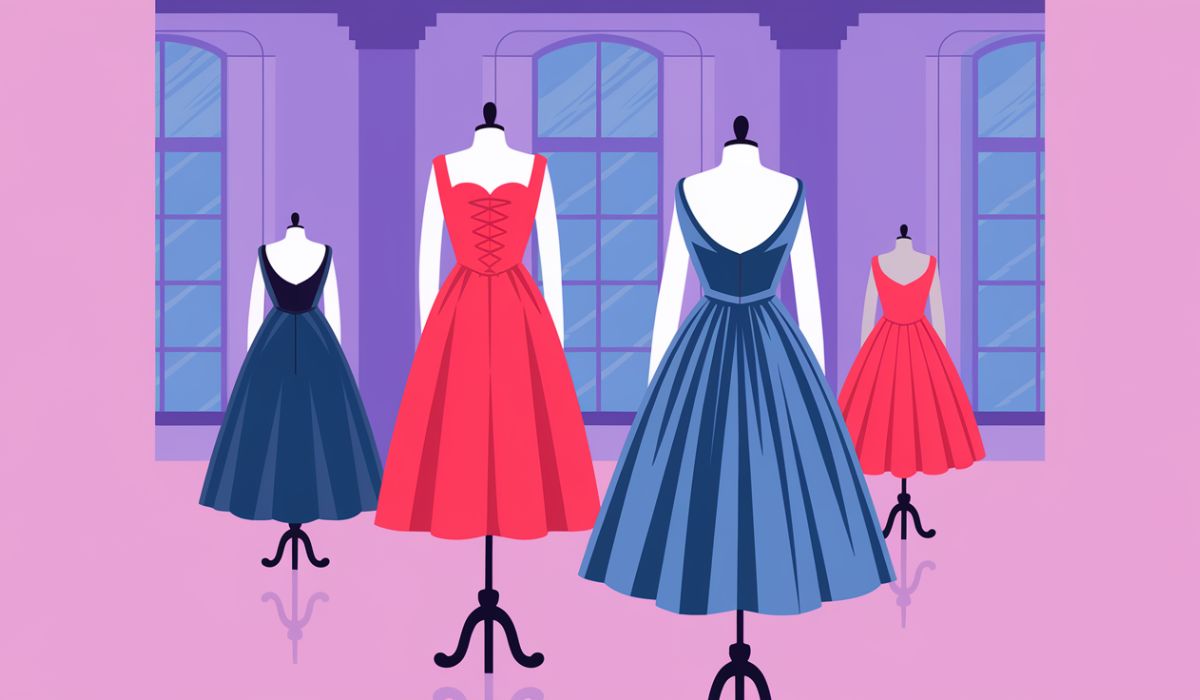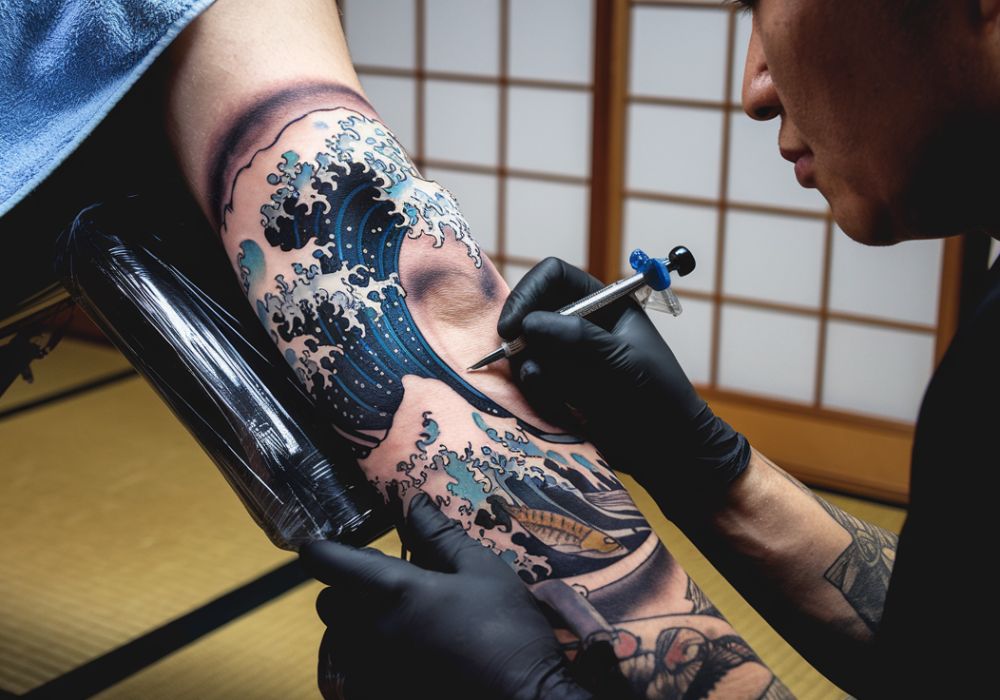Introduction
Italy has long been hailed as the epicenter of the fashion world, with a legacy rooted in elegance, craftsmanship, and innovation. From the historic ateliers of Milan to the high-end runways of Florence, Italian fashion stands as a symbol of timeless beauty and luxury. But what exactly makes Italian fashion so unique? How has it evolved into a global phenomenon? This article explores the rich heritage of Italian fashion, its impact on modern styles, and the key players that continue to shape this dynamic industry.
1. The Birth of Italian Fashion
The history of Italian fashion dates back centuries, deeply intertwined with art and culture. During the Renaissance, Italy was the birthplace of intricate designs and luxurious fabrics that adorned the nobility. Florence, Venice, and Rome became hubs of textile production, setting the stage for Italy’s future dominance in the fashion world.
2. Milan: The Fashion Capital of the World
While Paris may have pioneered haute couture, Milan established itself as the powerhouse of ready-to-wear fashion. Milan Fashion Week, one of the most prestigious fashion events globally, showcases cutting-edge designs that dictate future trends. Brands like Prada, Gucci, and Versace have cemented Milan’s status as a global fashion capital.
3. The Influence of Italian Craftsmanship
Italian fashion is synonymous with impeccable craftsmanship. From hand-stitched leather goods to meticulously designed couture dresses, Italian artisans take pride in their work. The tradition of high-quality tailoring is evident in brands like Armani and Dolce & Gabbana, where precision and detail define every piece.

4. Iconic Italian Fashion Houses
Several brands have defined Italian fashion over the decades. Here’s a look at some of the most influential:
- Gucci – Known for its luxurious leather goods and iconic logo.
- Prada – A pioneer of minimalist yet sophisticated designs.
- Versace – Bold, glamorous, and synonymous with opulence.
- Armani – The epitome of refined elegance.
- Dolce & Gabbana – A brand that celebrates Italian heritage with intricate designs.
5. The Role of Italian Fashion in Cinema
Italian fashion has had a significant impact on global cinema. Hollywood icons like Audrey Hepburn and Sophia Loren often wore Italian designs, bringing international recognition to brands such as Valentino and Ferragamo. The silver screen became a platform for Italian elegance to shine, influencing fashion trends worldwide.
6. The Rise of Sustainable Fashion in Italy
As sustainability becomes a priority in the fashion industry, many Italian brands are embracing eco-friendly practices. Labels like Stella McCartney and Salvatore Ferragamo are incorporating sustainable fabrics, ethical sourcing, and green production methods to reduce their environmental impact.
7. The Influence of Italian Street Style
Italian fashion isn’t just about luxury; street style in cities like Milan, Rome, and Florence is equally influential. Italians have a unique ability to blend classic elegance with contemporary trends, making everyday fashion effortlessly stylish. From tailored blazers to chic sneakers, the Italian approach to street style is globally admired.
8. The Evolution of Italian Fashion Trends
Fashion is ever-changing, and Italian designers have continuously reinvented their styles to stay relevant. The shift from classical elegance in the 1950s to bold experimentation in the 1980s and minimalism in the 2000s showcases the versatility of Italian fashion.
9. Italian Fashion and the Digital Age
The rise of social media and digital marketing has revolutionized the Italian fashion industry. Brands now use platforms like Instagram and TikTok to connect with younger audiences. Digital fashion shows and virtual shopping experiences have become the new norm, ensuring Italian fashion remains accessible worldwide.
10. The Future of Italian Fashion
What lies ahead for Italian fashion? Innovation, sustainability, and inclusivity are shaping the industry’s future. New designers are emerging, blending traditional techniques with modern aesthetics, ensuring that Italian fashion continues to thrive in the 21st century.

Conclusion
Italian fashion is more than just clothing; it is an art form, a legacy, and a symbol of excellence. With a rich history and an ever-evolving presence, Italy remains at the forefront of global fashion. Whether through classic tailoring, luxury streetwear, or sustainable innovations, Italian designers continue to set trends and redefine elegance.
FAQs
1. What makes Italian fashion unique? Italian fashion is known for its impeccable craftsmanship, high-quality materials, and timeless elegance. It seamlessly blends tradition with innovation, making it a global leader in fashion.
2. Which Italian brands are the most famous? Some of the most famous Italian brands include Gucci, Prada, Versace, Armani, and Dolce & Gabbana, each with its own distinct style and influence.
3. How has Italian fashion influenced global trends? Italian designers have played a crucial role in shaping fashion trends, from classic tailoring to bold prints and sustainable innovations. Their designs have been embraced by celebrities and fashion enthusiasts worldwide.
4. What is the role of Milan in the fashion industry? Milan is considered the fashion capital of the world, hosting Milan Fashion Week and being home to top luxury brands. It serves as a hub for creativity and innovation in fashion.
5. Is Italian fashion moving towards sustainability? Yes, many Italian brands are adopting sustainable practices by using eco-friendly materials, ethical production methods, and innovative designs to reduce their environmental impact.
For More More Visit: Creative Blog


